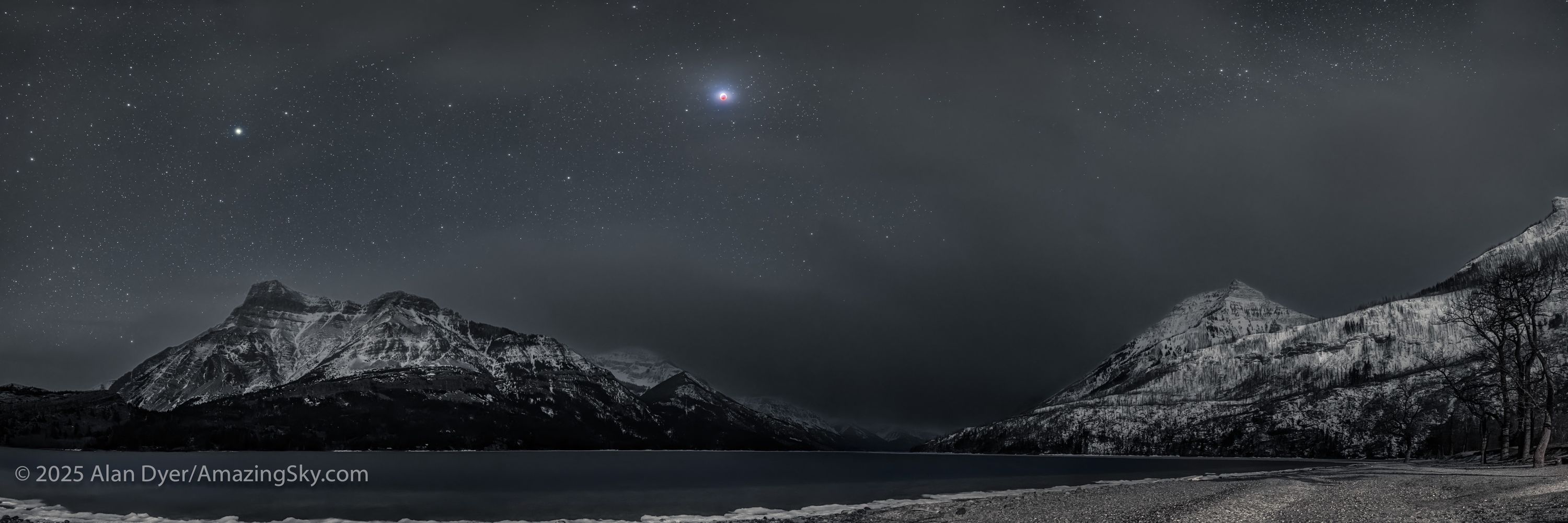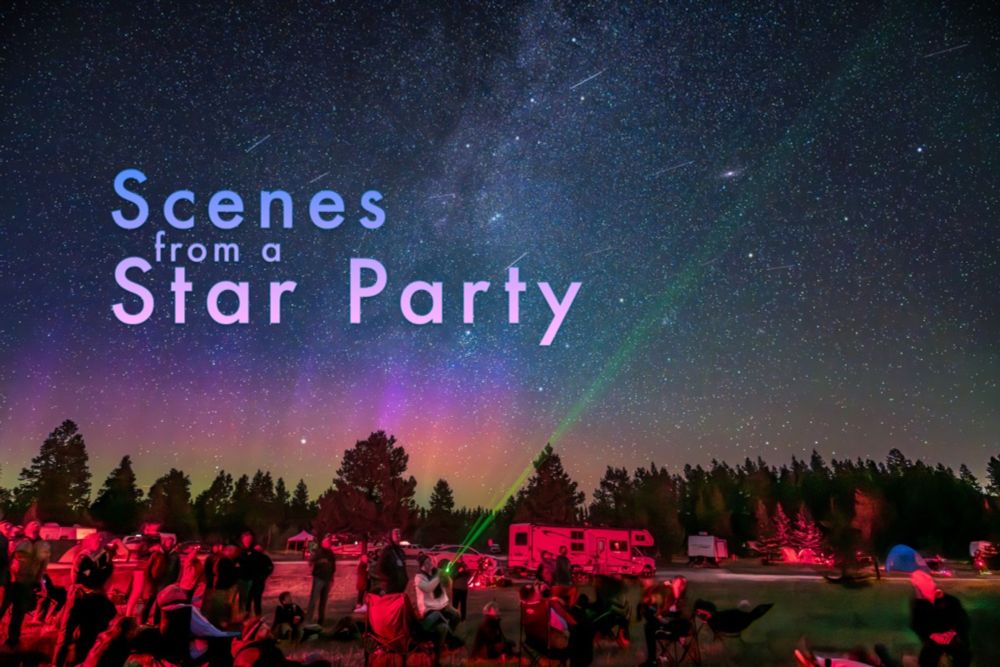Alan Dyer
@amazingskyguy.bsky.social
250 followers
12 following
87 posts
I am an astrophotographer and astronomy author living in Alberta, Canada.
Posts
Media
Videos
Starter Packs


































